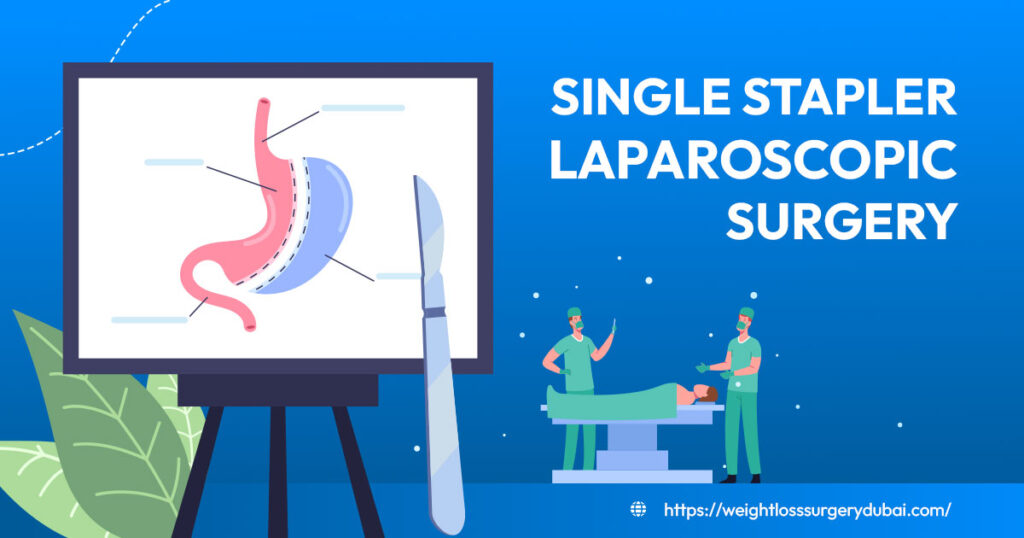
Bariatric surgery continues to evolve, offering safer and more efficient options for individuals battling obesity. One of the most groundbreaking advancements in this field is the introduction of the Single Stapler Sleeve Gastrectomy—a cutting-edge technique that utilizes the Titan SGS Stapler. This innovative approach is redefining how surgeons perform Laparoscopic Sleeve Gastrectomy (LSG), making it faster, more precise, and significantly safer.
What Is Single Stapler Laparoscopic Surgery?
The SGS Stapler is a revolutionary device specifically designed for laparoscopic sleeve gastrectomy. Unlike traditional stapling systems that require multiple firings and repositioning, this stapler creates a 23 cm continuous staple line, allowing surgeons to complete the resection of the stomach in a single firing.
This single-staple-line method eliminates the need for overlapping staple lines, reducing the chances of human error and improving the consistency of the surgical outcome. It’s a leap forward in bariatric surgery technology that ensures better results for both patients and surgeons.
Key Advantages of the Single Stapler Technique
The use of the Titan SGS Stapler offers several critical benefits over conventional methods. Let’s explore these in more detail:
Improved Consistency and Safety
Because the entire staple line is created in one go, there are no joints, no rotations, and significantly lower chances of misfiring or malformed staples. This means fewer complications and a more predictable surgical outcome.
- No joints in the staple line eliminate weak points.
- Improved alignment ensures better healing and structural integrity.
- Reduced variability allows for uniform sleeve creation across different surgeons and patients.
Faster Recovery and Fewer Complications
Patients undergoing single stapler sleeve gastrectomy report quicker recovery times, minimal postoperative discomfort, and shorter hospital stays.
- Lower incidence of nausea and vomiting in the postoperative period.
- Minimal risk of gastroesophageal reflux, a common issue with traditional LSG.
- Reduced likelihood of major complications, including leaks or staple line disruptions.
This technique enables a smoother post-op journey, which is a significant relief for patients concerned about surgical downtime and long-term side effects.
Supported by Scientific Research
The effectiveness and safety of the Titan SGS Stapler are not just theoretical. A multi-site clinical study has validated the use of this technology in longitudinal gastric surgery. The results confirm:
- High consistency in sleeve formation.
- Lower complication rates.
- Enhanced surgical outcomes compared to traditional staplers.
This scientific backing provides confidence for both medical professionals and patients, showing that the single stapler approach isn’t just a trend—it’s a proven innovation.
Conclusion: A New Era in Bariatric Surgery
The Single Stapler Laparoscopic Sleeve Gastrectomy marks a significant milestone in bariatric surgery. With enhanced precision, fewer complications, and a smoother recovery path, it represents a major step forward in weight loss surgery.
For individuals considering bariatric procedures, this advanced technique offers a safer and more efficient solution that aligns with the latest medical standards. As technology continues to evolve, the future of bariatric surgery looks increasingly promising—with better outcomes and improved quality of life for patients worldwide.
